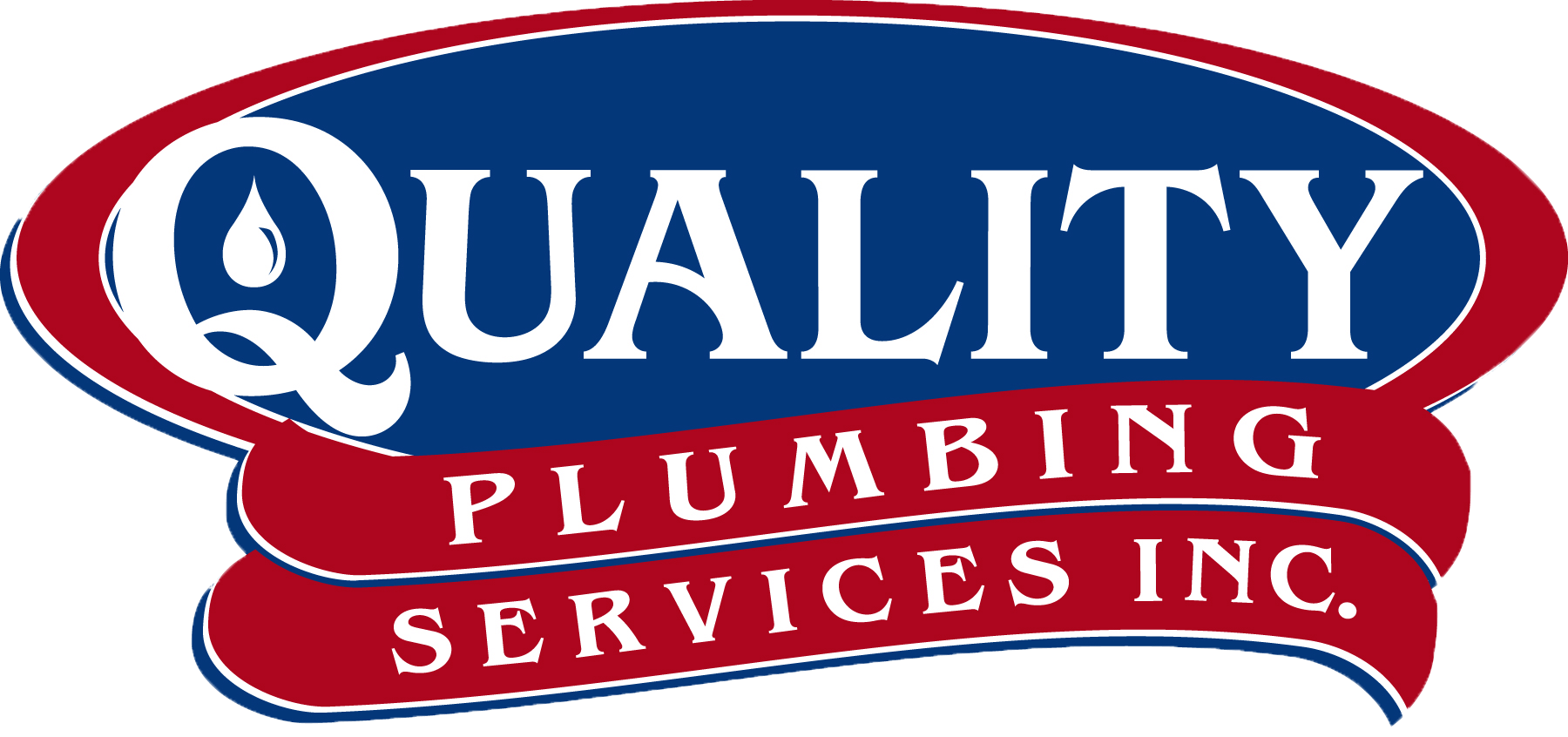5 Simple Ways to Take It Easy On Your Garbage Disposal
- Plumbing Services

A garbage disposal is a great appliance to have, but contrary to popular belief, most waste should never go down your drain. Unfortunately, plumbing problems can be common, and your garbage disposal is no exception. Like any appliance, your system needs routine cleaning and maintenance to function properly. A garbage disposal is a great appliance to have, but contrary to popular belief, most waste should never go down your garbage disposal. Unfortunately, plumbing problems can be common, and your garbage disposal is no exception. Like any appliance, your garbage disposal needs routine cleaning and maintenance to function properly.
How You Can Prevent a Busted Garbage Disposal
Your garbage disposal helps to prevent clogging by breaking down food waste into smaller pieces, but it can easily be overwhelmed with food, grime, or a lone spoon. A garbage disposal can easily break down without proper maintenance, as it has several parts susceptible to damage. To ensure your kitchen drain is clog free, here are five simple ways to take it easy on your system.
- Mind what you put down the disposal. A good rule of thumb is to avoid flushing down as much food waste as possible, as most foods are notoriously bad for your garbage disposal. Fats, oils, and greases harden with cold water and can easily cause a blockage inside your drain. Avoid starchy foods such as pasta or rice, as they soak up water and expand inside your pipes. Stringy fruits and vegetables can wear down the blades by wrapping themselves around the blades. Hard items that you can’t break down with your teeth, such as bones and seeds, should never go down your disposal either.
- Clean often. Being mindful of what you flush down the disposal is important, but so is routine cleaning. Frequently cleaning your garbage disposal helps to ensure the blades and drain are clear of any obstructing materials. One of the best methods to clean the system is flushing it down with some vinegar and baking soda. Never use any cleaning chemicals such as bleach or a chemical drain cleaner, as they can help harden grease and eat through your plumbing.
- Grind thoroughly. Whatever does get flushed down the disposal should have adequate time for grinding. Make sure with every use that you run the disposal long enough to avoid any leftover food waste that can sit and cake over time. Flushing down ice cubes and citrus peels is a good way to maintain the blades.
- Flush after use. Another easy trick to avoid clogging is by flushing enough water after every use. Make sure to flush some water down with the food waste when the disposal is in use, to help push the waste down. Running water down the drain after using the disposal for a few seconds helps to ensure nothing remains on the blades or just inside the drain. It’s best to flush food down with cold water it hardens the food waste, making it easier for the blades to break it down.
- Turn off your disposal before any action. Garbage disposals can be a safety hazard, which is why you should always make sure it’s off before taking any action. Never stick your hand down the disposal. Use tongs or pliers if you need to pull something out.
The Warning Signs of a Damaged Garbage Disposal
Accidents happen, no matter how well you’ve maintained your garbage disposal. Knowing when it’s time to call in a plumber however, can be tricky. Your plumbing can be complicated, but the good news is that there are plenty of clues if the problem is with your system. If your garbage disposal is damaged, it’s best to act quickly. If you think it’s time for a repair, here are a few warning signs to watch out for.
- It’s tripping your circuit breaker. Garbage disposals use a lot of wattage which means when in use, you may experience some flickering lights or a slight power surge. If however, your garbage disposal starts to trip the circuit breaker, there could be a wiring issue with either the disposal or your home’s electrical panel.
- It makes loud, unusual noises. If something is wrong, you’ll definitely hear it, as the sound of metal on metal is very unpleasant. Loud, unusual noises are usually an indicator of a loose part or damaged part, and require urgent repair.
- It’s leaking. Unfortunately, a leaking garbage disposal can mean the entire unit needs to be replaced, especially if there is a crack in the disposal itself. Watch out for signs of a leak, such as any dark or wet spots on the floor and cabinets.
- It’s not working, period. The most obvious sign of a damaged garbage disposal is when it stops working entirely. The good news is that most issues are easy fixes which rarely require an entire replacement.
Your Garbage Disposal Works Hard Enough
A garbage disposal is a fantastic kitchen appliance, and it deserves proper care and maintenance. No homeowner wants to deal with the cost of replacing the system, especially when it can be avoided. Keeping your kitchen drain clear and clean sometimes requires the help of a licensed plumber. Stay clog-free by treating your disposal right, call a plumber to inspect your plumbing today.
Call Quality Plumbing Services Inc. today!












